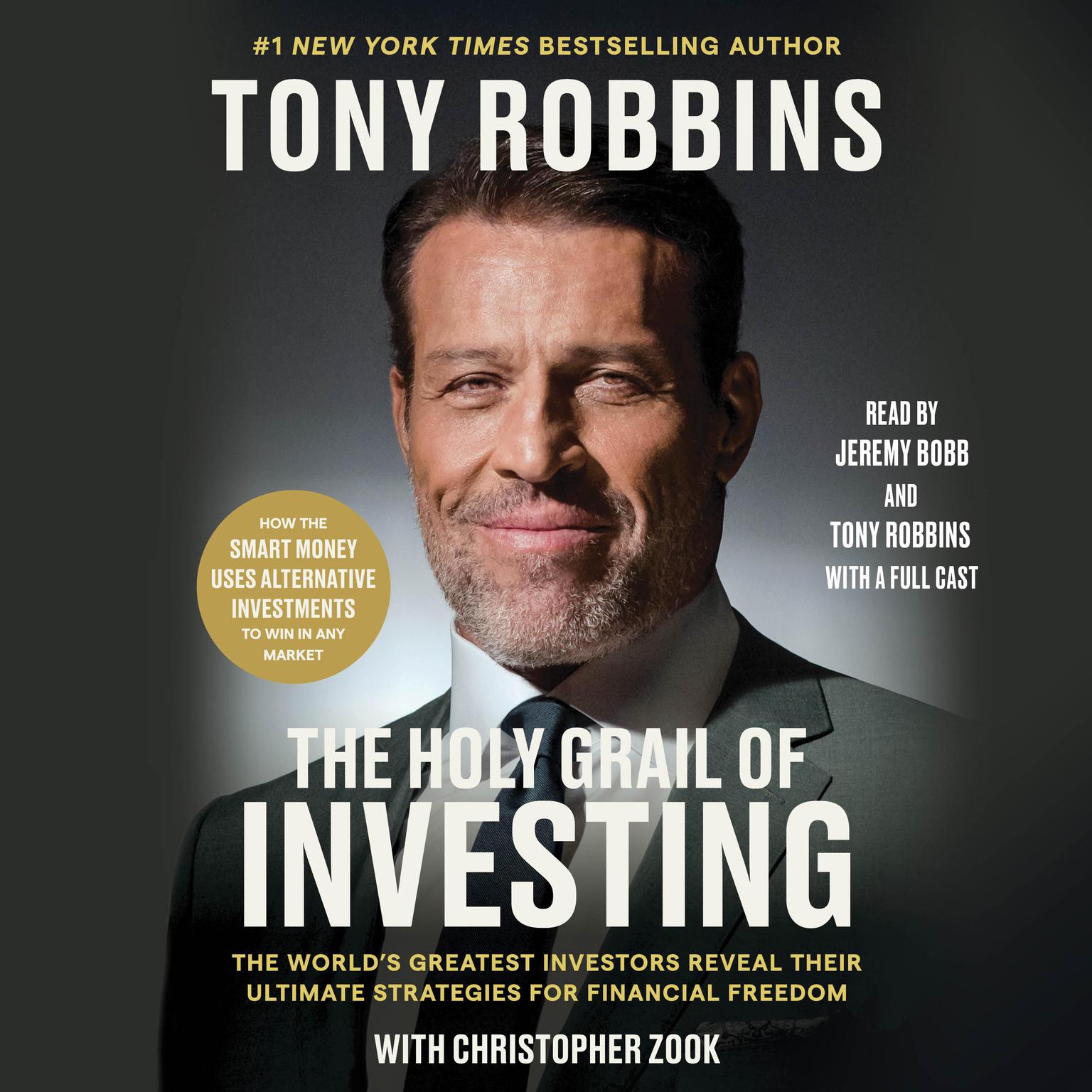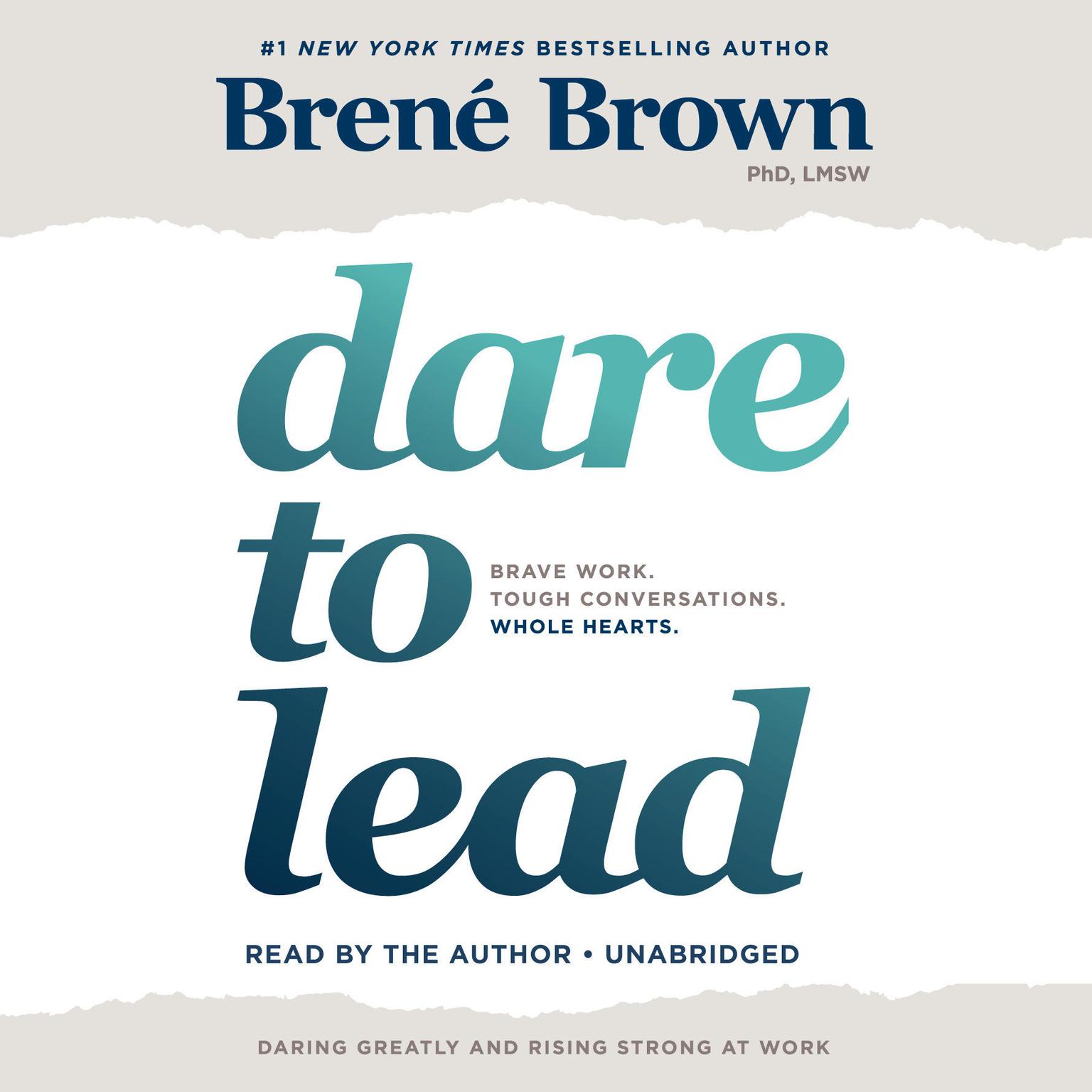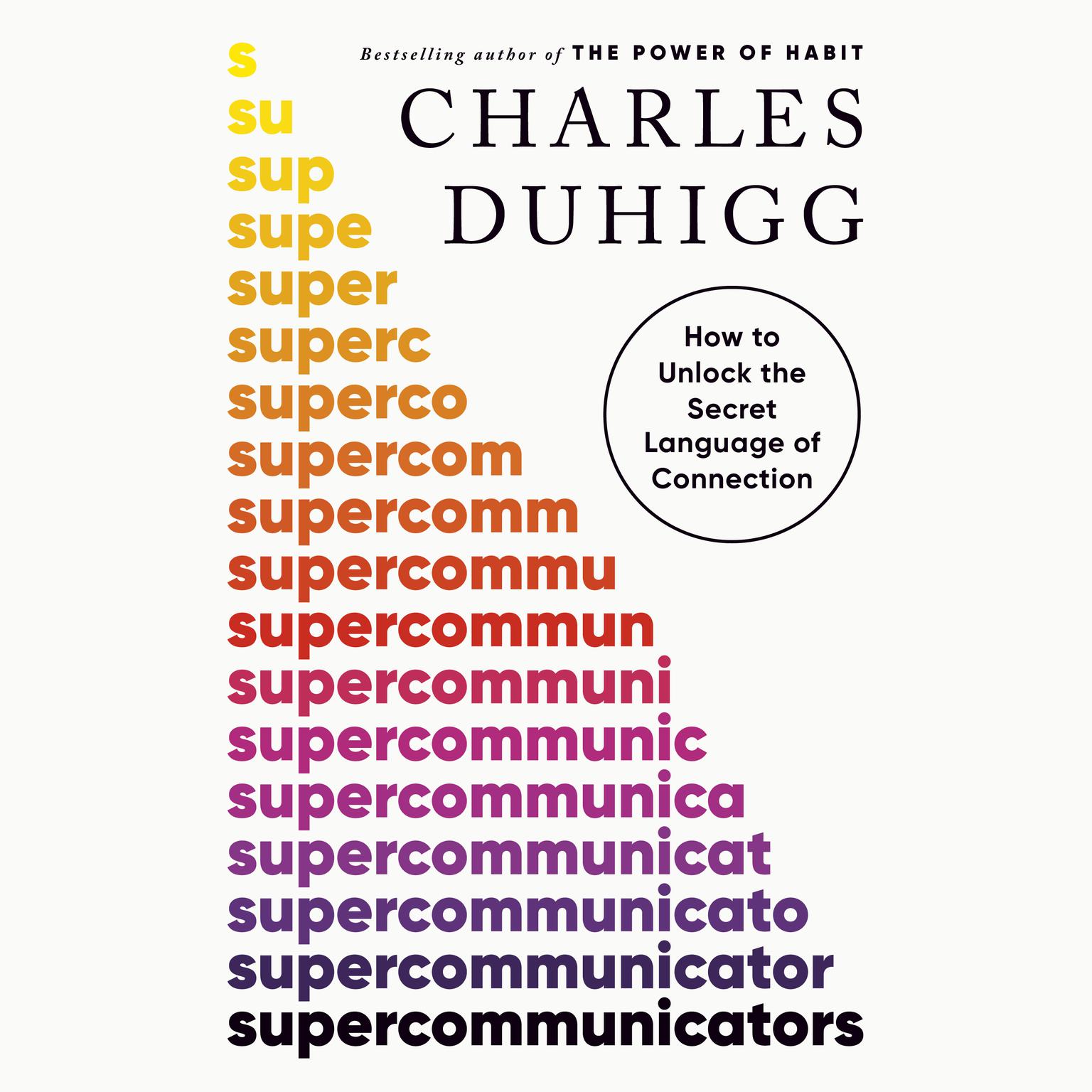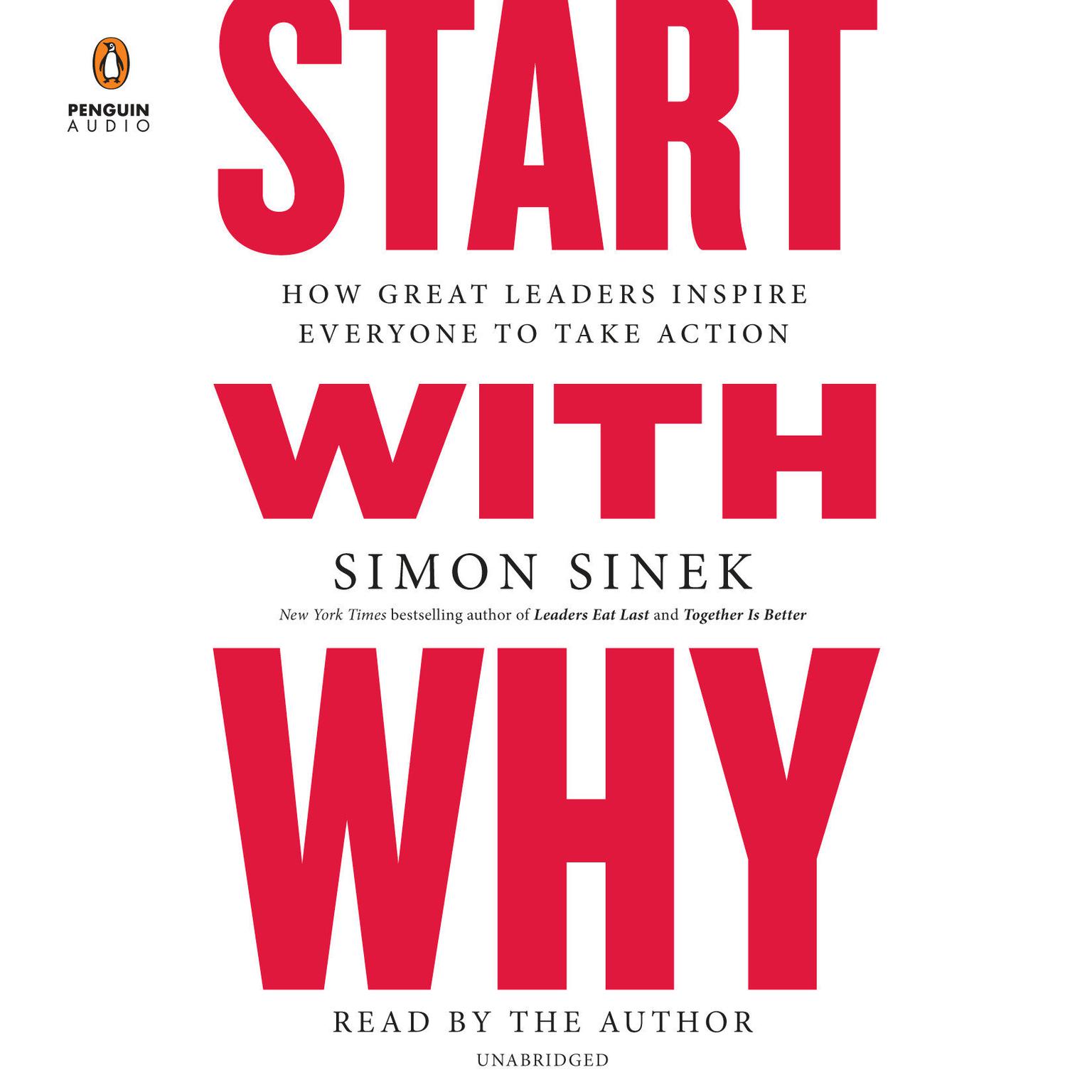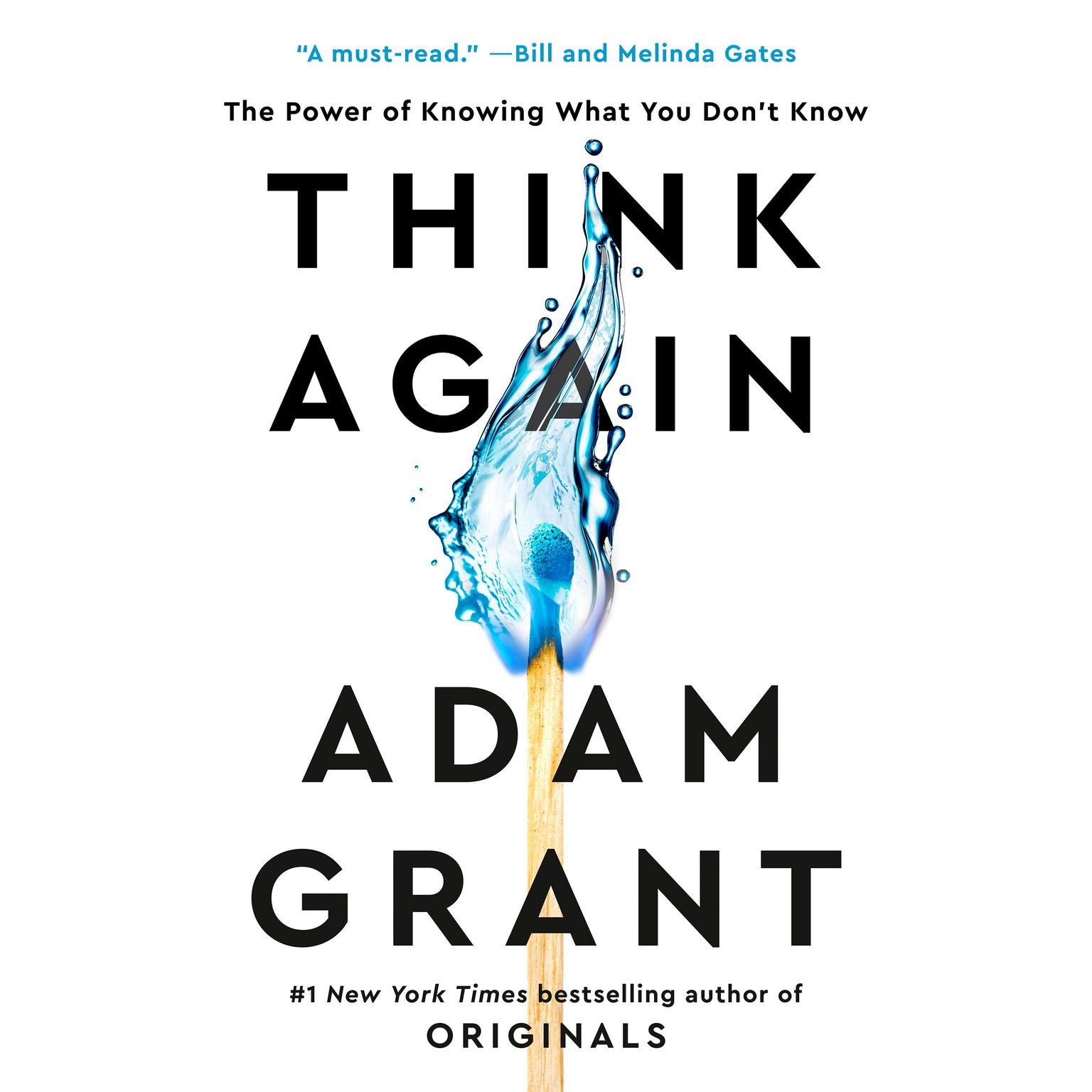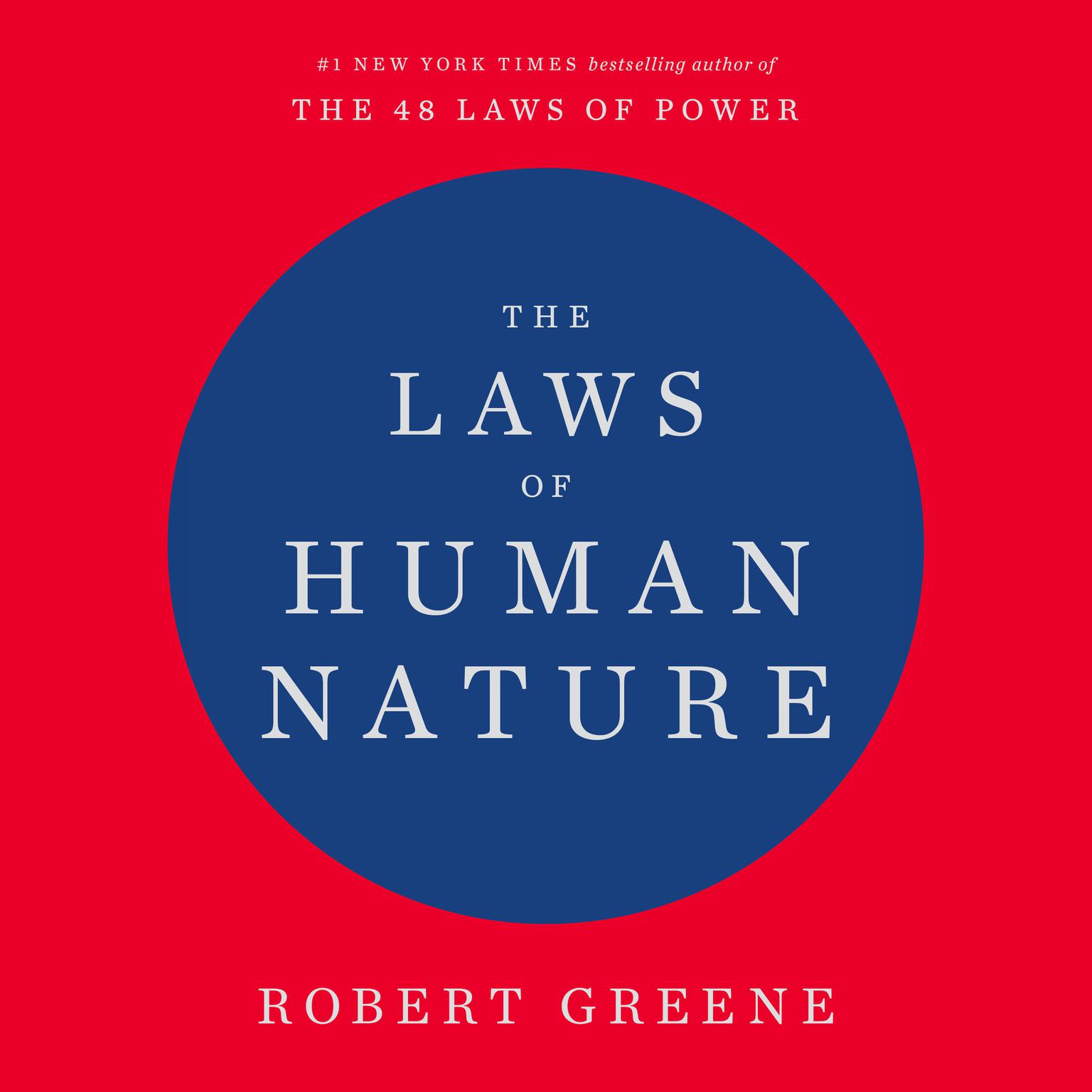Publisher Description
The proven, effective strategy for reinventing your business in the age of ever-present disruption
Disruption by digital technologies? That’s not a new story. But what is new is the “wise pivot,” a replicable strategy for harnessing disruption to survive, grow, and be relevant to the future. It’s a strategy for perpetual reinvention across the old, now, and new elements of any business.
Rapid recent advances in technology are forcing leaders in every business to rethink long-held beliefs about how to adapt to emerging technologies and new markets. What has become abundantly clear: in the digital age, conventional wisdom about business transformation no longer works, if it ever did.
Based on Accenture’s own experience of reinventing itself in the face of disruption, the company’s real world client work, and a rigorous two-year study of thousands of businesses across 30 industries, Pivot to the Future reveals methodical and bold moves for finding and releasing new sources of trapped value-unlocked by bridging the gap between what is technologically possible and how technologies are being used. The freed value enables companies to simultaneously reinvent their legacy, and current and new businesses.
Pivot to the Future is for leaders who seek to turn the existential threats of today and tomorrow into sustainable growth, with the courage to understand that a wise pivot strategy is not a one-time event, but a commitment to a future of perpetual reinvention, where one pivot is followed by the next and the next.
Download and start listening now!
We are facing a period of disruption, the like of which I have not witnessed in my career. It has the potential to obsolete businesses and destroy industries. Even the disrupters are being disrupted! As Pivot to the Future argues compellingly, traditional strategies are no longer enough. From their own experience, the authors reveal that reinvention must now be a constant, and must address not only the legacy businesses but pivot into new, scalable businesses. This requires organizations to embrace both technological and cultural change, and take bold moves from an outside in perspective. Change should be measured across three horizons: the old, the now, and the new. I recommend this book to those of you who have stepped up to this exciting challenge, understand the magnitude of what is required, and are keen to learn from their peers.
—
Gordon Cairns, chairman of Woolworths Group and chairman of Origin Energy



